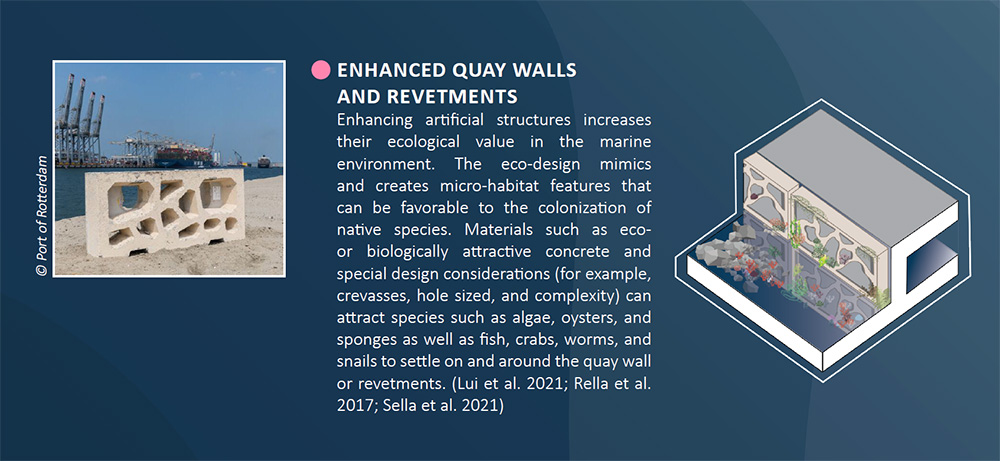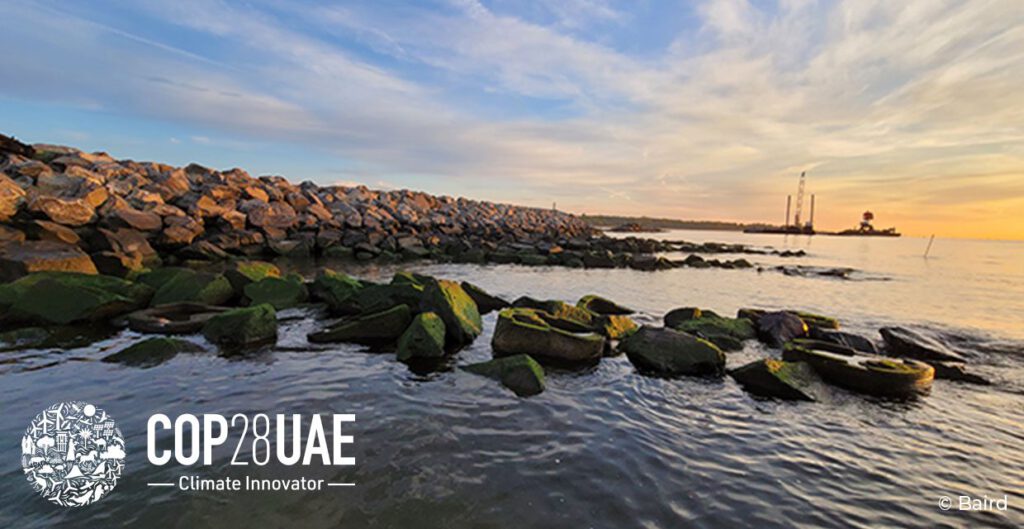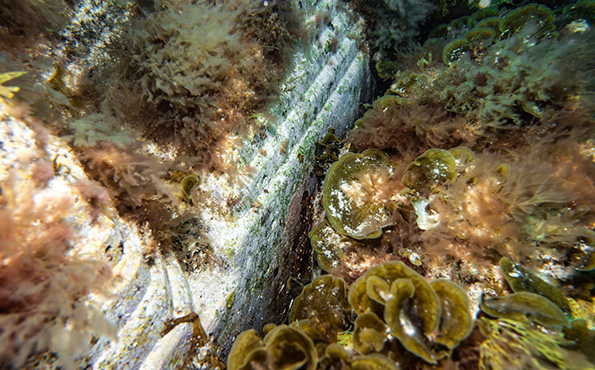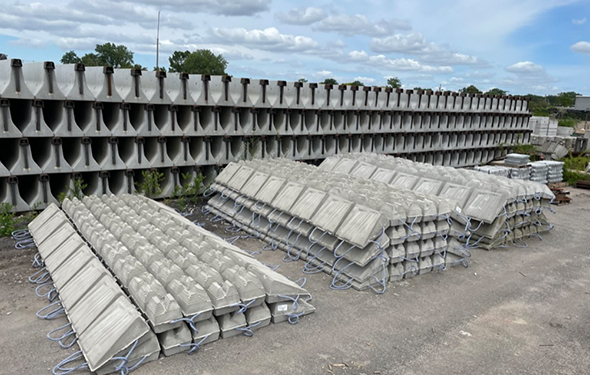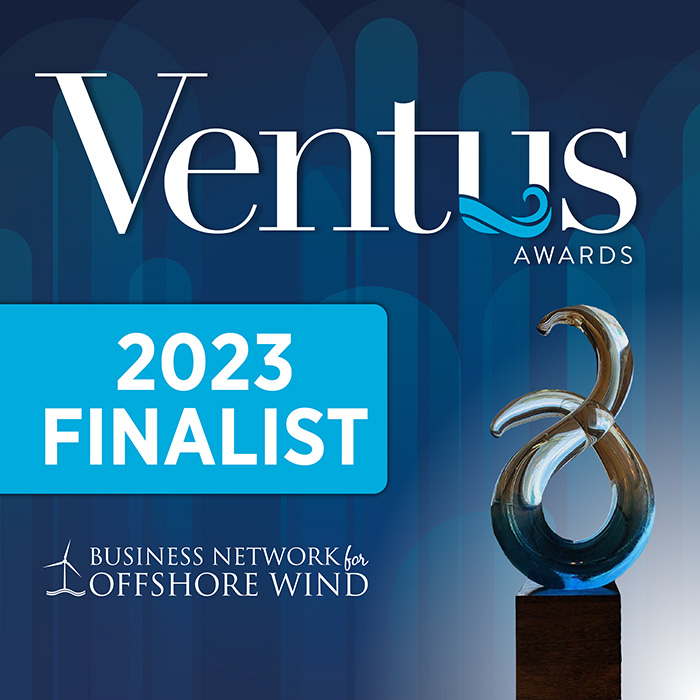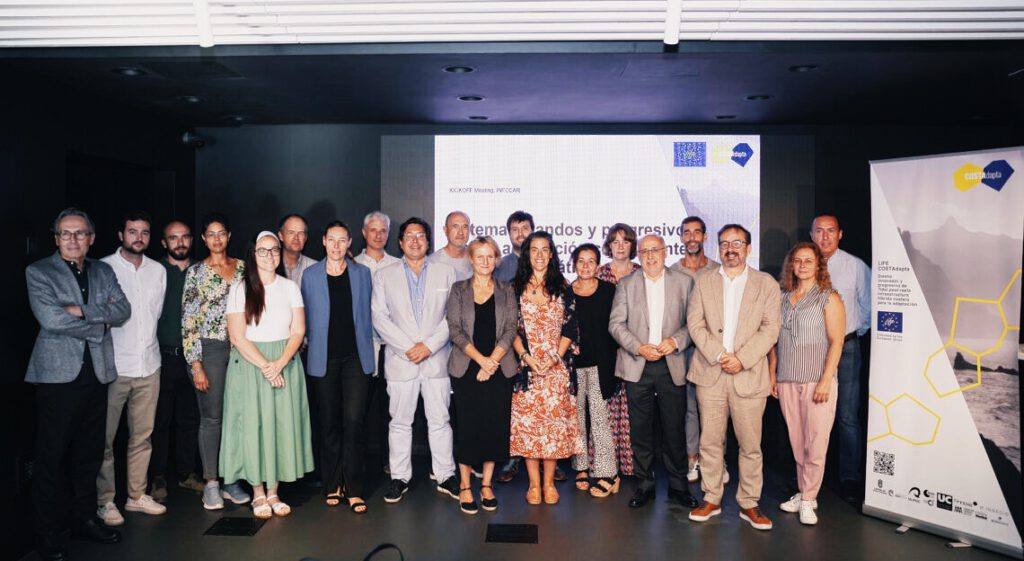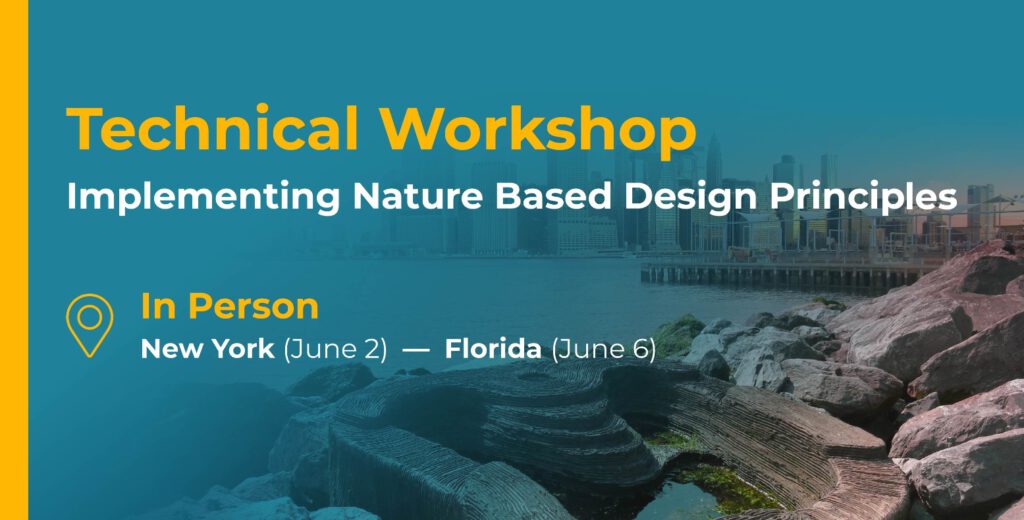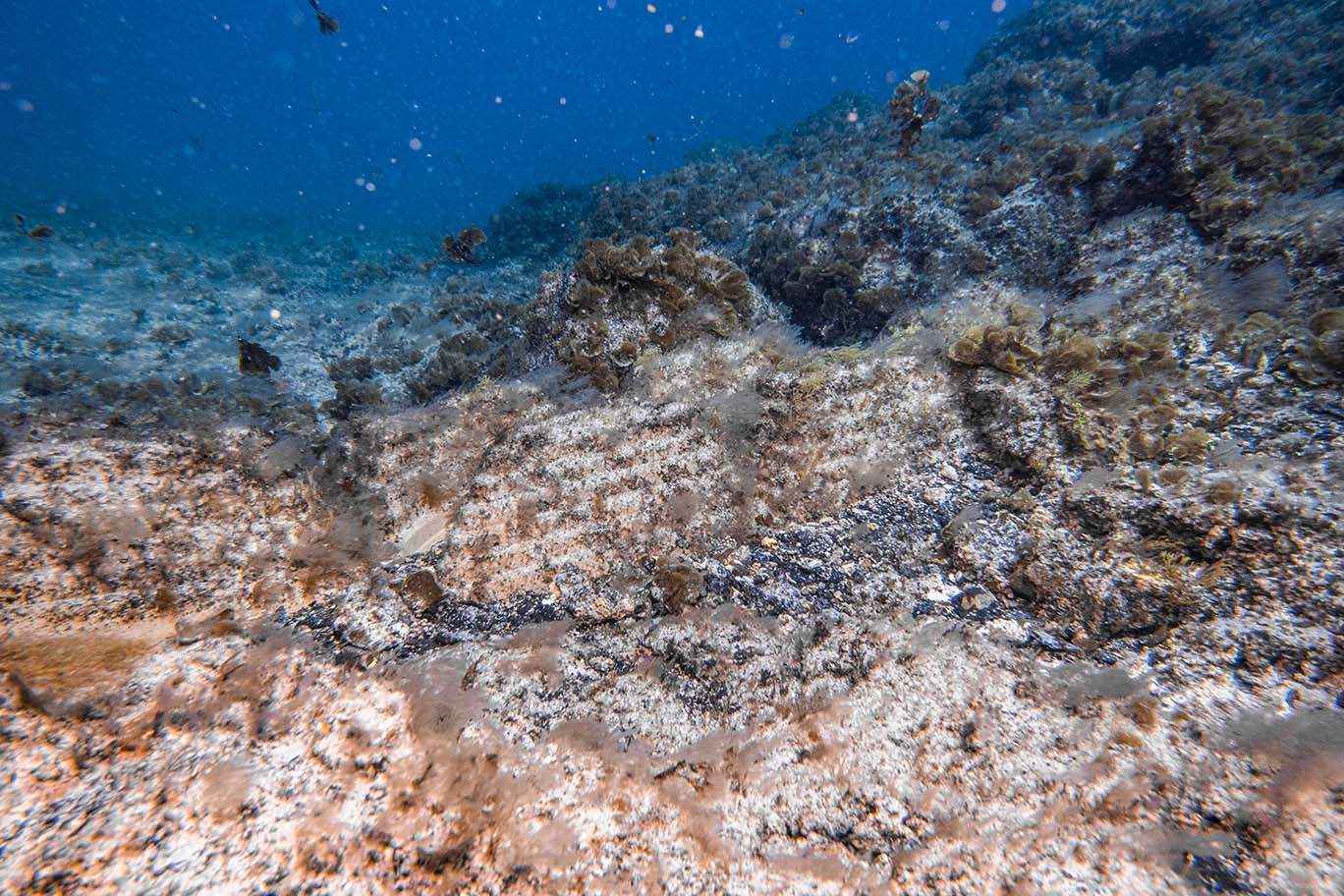The recent and extensive World Bank report on “Nature Based Solutions for Ports”, developed with EcoShape partners Haskoning, Arcadis, Boskalis and others, underscores the growing potential of nature-based solutions (NBS) to address pressing challenges in ports worldwide. As ports face increasing demands to reduce climate risks, improve operational resilience, and support biodiversity, NBS offer a compelling strategy that integrates ecological and engineering objectives.
Among the various NBS families explored in the report, “enhanced hard structures” stand out for their unique ability to transform conventional concrete elements into ecologically valuable assets – from breakwaters and sediment stabilization to port quay walls.
By considering nature-inclusive design principles early on in any port infrastructure project, hard structures support marine life colonization and habitat creation. This approach not only bolsters biodiversity but also enhances water quality and can improve the structural performance of port infrastructure.

Enhanced Hard Structures: Econcrete Case Studies
The report references multiple ECOncrete projects as examples of this approach in action. From the Living Breakwaters in New York’s systemic approach to nature-inclusive design, to projects like the Living Ports project in the Port of Vigo and the Marina Quay Blocks in Malaga: our case studies demonstrate how a validated approach can be applied to convert traditionally “sterile” structures into thriving ecological habitats, contributing to nature-positive outcomes while achieving full compliance with engineering standards.
Favorable Cost-Benefit Profile of Enhanced Hard Structures
A key advantage of enhanced hard structures is their favorable cost-benefit profile. Unlike other large-scale NBS, such as salt marshes or mangroves, that often require extensive space and long maturation periods, ecological concrete solutions can be integrated directly into existing port assets, offering immediate ecological uplift without compromising operational space.
The World Bank further emphasizes the importance of stakeholder collaboration, monitoring, and adaptive management to ensure long-term success. By embedding ecological value into essential infrastructure, enhanced hard structures represent a pragmatic, scalable pathway for ports aiming to meet global biodiversity targets and strengthen their license to operate.
As the maritime sector advances toward climate resilience and sustainability, these innovations signal a critical shift: engineering with nature, rather than against it.
Read on:
- White Paper: Achieving Biodiversity Uplift on Marine Infrastructure
- Projects Featured in 3rd Edition of the EWN Atlas
- World Bank Report, 2025 – Nature-Based Solutions For Ports: An Overview of NBS Implementation in Practice – Opportunities and Challenges
—
Graphics and visuals in this post copyright: World Bank. 2025. Nature-Based Solutions for Ports: An Overview of NBS Implementation in Practice – Opportunities and Challenges. World Bank, Washington, DC. License: Creative Commons Attribution CC BY 3.0 IGO
